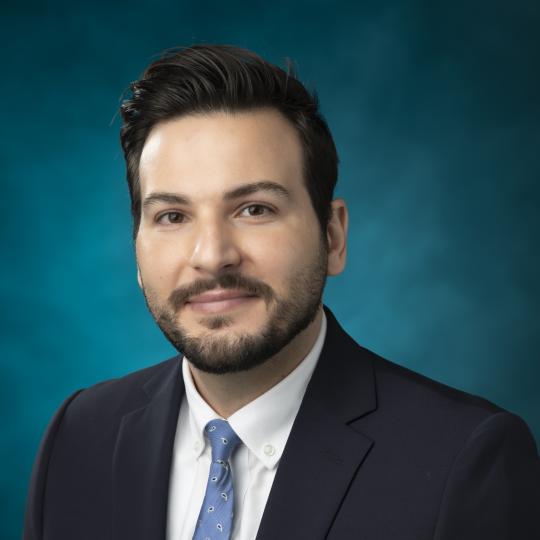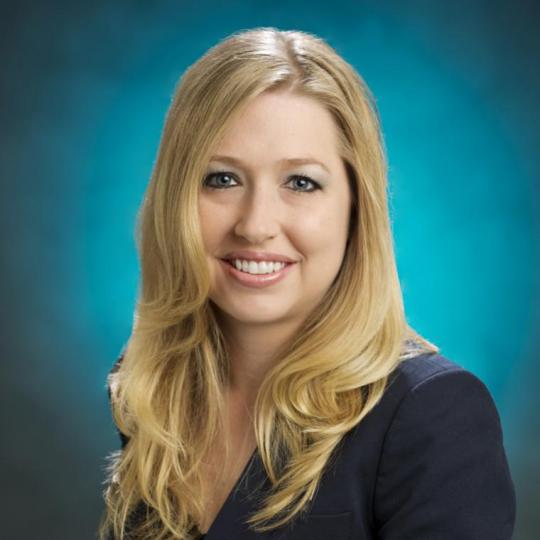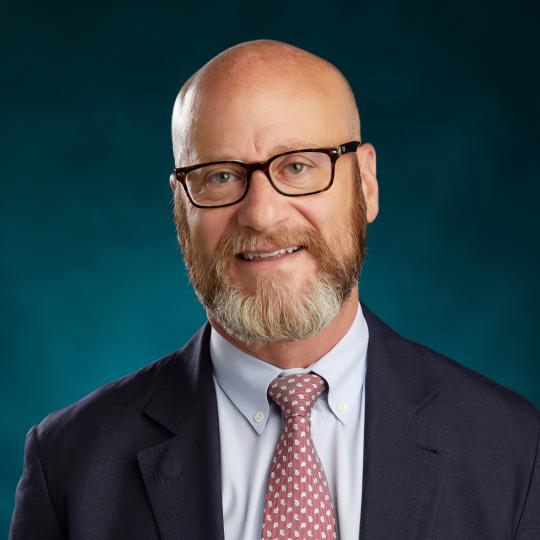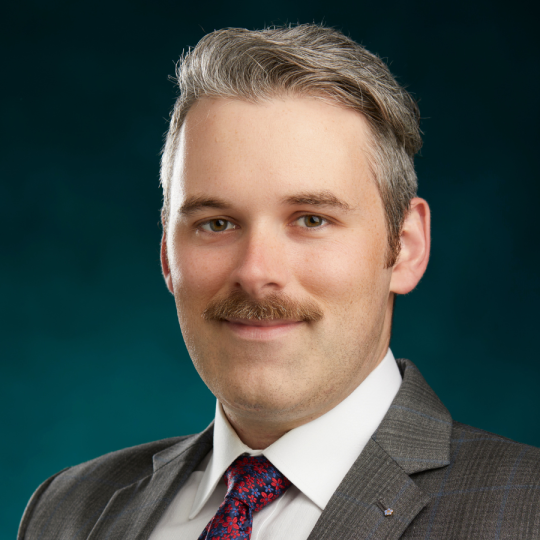Skull Base Surgery
Overview
Skull base surgery includes all surgical treatment of conditions and growths that may take place at the skull base, which is the complex region at the floor of the cranial cavity. Endoscopic or minimally invasive technique can be used to remove brain tumors and lesions through the nose. With recent advances in technology the bottom of the brain and top of the spine can be accessed with endoscopes through the nose. This approach allows for improved visualization of the area and avoids the need for large incisions and pressure on the brain.
Many factors go into determining the most appropriate treatment for tumors of the skull base. When a skull base tumor is suspected the work up will often include imaging such as CT scans and MRIs as well as eye exams with an ophthalmologist. If endoscopic surgery is determined to be the best choice, special software called image guidance is used in the operating room during surgery. This is used for added safety and allows the surgeons to see where they are on the CT scan and MRI while working on the tumor.
Treatment of skull base tumors requires a multidisciplinary team including a neurosurgeon, ENT, endocrinologist, and ophthalmologist.
Most tumors are treated with surgery alone, however some types of tumors might require other types of treatment such as radiation. This is decided on a case-by-case basis after evaluating imaging and pathology.

Skull Base Disease treatment | Endoscopic skull base surgery
Pituitary tumor
These are abnormal growths that occur in the pituitary gland. The pituitary gland is responsible for producing hormones that control many functions in the body. Some tumors can cause changes in the level of these hormones. Most tumors do not make hormone. It is possible for the tumor to grow large enough that it pushes on vision nerves leading to loss of vision.
Most pituitary tumors can be removed by using an endoscope and small instruments working through the nose. The sinuses are opened to create a path to the tumor. The bone between the sinuses and the tumor is removed allowing for resection of the tumor.
Craniopharyngioma
This is a rare noncancerous tumor that grows near the pituitary gland. These tumors can lead to changes in hormone levels or loss of vision. This are most common in children and older individuals.
Many craniopharyngiomas can be removed by using an endoscope and small instruments working through the nose. The sinuses are opened to create a path to the tumor. The bone between the sinuses and the tumor is removed allowing for resection of the tumor. Tissue from within the nose is used to close the space at the end of the surgery. Radiation is often used to prevent the growth of any tumor left behind.
Meningioma
This is a tumor that comes from the tissue that surrounds the brain. These types of tumors can occur anywhere that this lining exists around the brain or spinal cord. These tumors are not cancerous, but can push on structures around the brain. When this type of tumor occurs on the bottom of the brain in an area that contacts the sinuses, endoscopic approach might be an option.
When this type of tumor occurs on the bottom of the brain in an area that contacts the sinuses, endoscopic approach might be an option for surgical resection. In this case, the bone that separates the brain from the sinuses is removed allowing for resection of the tumor. Tissue from within the nose is used to close the space at the end of the surgery.
Rheumatoid disease of the cervical spine
Rheumatoid arthritis is a disease of chronic inflammation. Rarely, this can lead to a process in the fluid between the bones of the top of the spine that leads to a mass that can compress the spinal cord. Patients with this lesion might notice progressive weakness in their arms or legs.
The top of the spine can be reached with through the nose. Endoscopes and small instruments can be used to remove the mass pushing on the spinal cord. Removing this pressure can allow patients to regain strength in their arms and legs.
Clival tumor
This is a rare type of cancer that can occur where the skull sits on top of the spine known as the skull base. When the tumors are found in this area they are often able to be removed with endoscopes and instruments working through the nose.
Clival tumors of the skull base can often be removed through an endoscopic approach. Depending on the extent of the tumor it is sometimes necessary to do a combined approach using endoscopic and open surgery. Tissue from within the nose is used to close the defect after its removal. Radiation therapy is often necessary after surgical removal.
Petrous apex cholesterol granuloma
These are rare noncancerous cysts that can occur deep within the skull. These cysts can expand and push on important nerves and structures of the ear. These types of tumors are often thought of in relation to structures of the ear, but given their position they can often be approached through the back of the sinuses.
If this type of tumor contacts the wall of the sphenoid sinus an endoscopic approach can be used to open the cyst. This approach does not risk loss of hearing and there is a good chance the cyst can be kept open.
Post-operative care
Patients who have undergone endoscopic procedures through the sinuses will have a long healing process during which time the lining of the sinuses will be swollen and dry. Most patients are asked to begin irrigating the nose with saline 5-6 times daily beginning the day after surgery. Irrigations help wash away old blood clots and scabs that form within the sinuses. The moisture also helps the sinuses heal. Patients will be scheduled for multiple follow up appointments with Dr. Crosby at which time an in-office procedure is performed. This procedure is called a debridement and involves the removal of dried blood and crusting that forms within the sinuses after this type of surgery. Patients are numbed with spray prior to this procedure in order to decrease the discomfort. These follow up appointments are incredibly important to keep scarring from forming within the nose and to improve long term success of the surgery.
Our providers
Why SIU
Continually learning
With a focus on continual improvement, our doctors take the time to research, study and innovate to provide the latest treatments for our patients.
Patient-first experience
Our care ranges from primary care physicians to specialists and sub-specialists who have advanced training. We're here for you when you need us.
Breakthrough tech
Continually teaching the next generation of doctors, our physicians use the latest developments in procedures and technologies for our patients.





